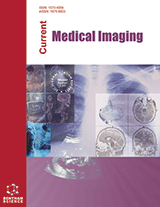
Abstract
Acupuncture, an ancient therapeutic technique, is currently gaining popularity as an important modality of alternative and complementary medicine in the West world. Concurrently, scientific interests in exploring whether acupuncture is therapeutically effective are raised alongside those about the means by which it may operate. Modern neuroimaging techniques such as functional magnetic resonance imaging, positron emission tomography, electroencephalography, and magnetoencephalography provide a means to safely monitor brain activity in humans. In this review, we have summarized evidence derived from the neuroimaging studies and tried to elucidate the neurophysiological correlates of acupuncture. Previous investigations on the neural responses to acupuncture mainly focus on its acute effects and explore the correlation between the specific acupoints and cortical activations only in the spatial domain. However, abundant clinical reports and psychophysical analysis suggest the kinetics of acupuncture is longer acting as a function of time. Consequentially, an accurate interpretation of acupuncture actions depends on how effectively we can characterize the nature of temporal variations underlying neural activities, rather than simply detect the occurrence of such changes. This emerging picture indicates that both designing paradigms and statistical models involved in acupuncture studies should be applied with great care.
Keywords: Acupuncture, spatiotemporal response, brain correlates, neuroimaging studies










